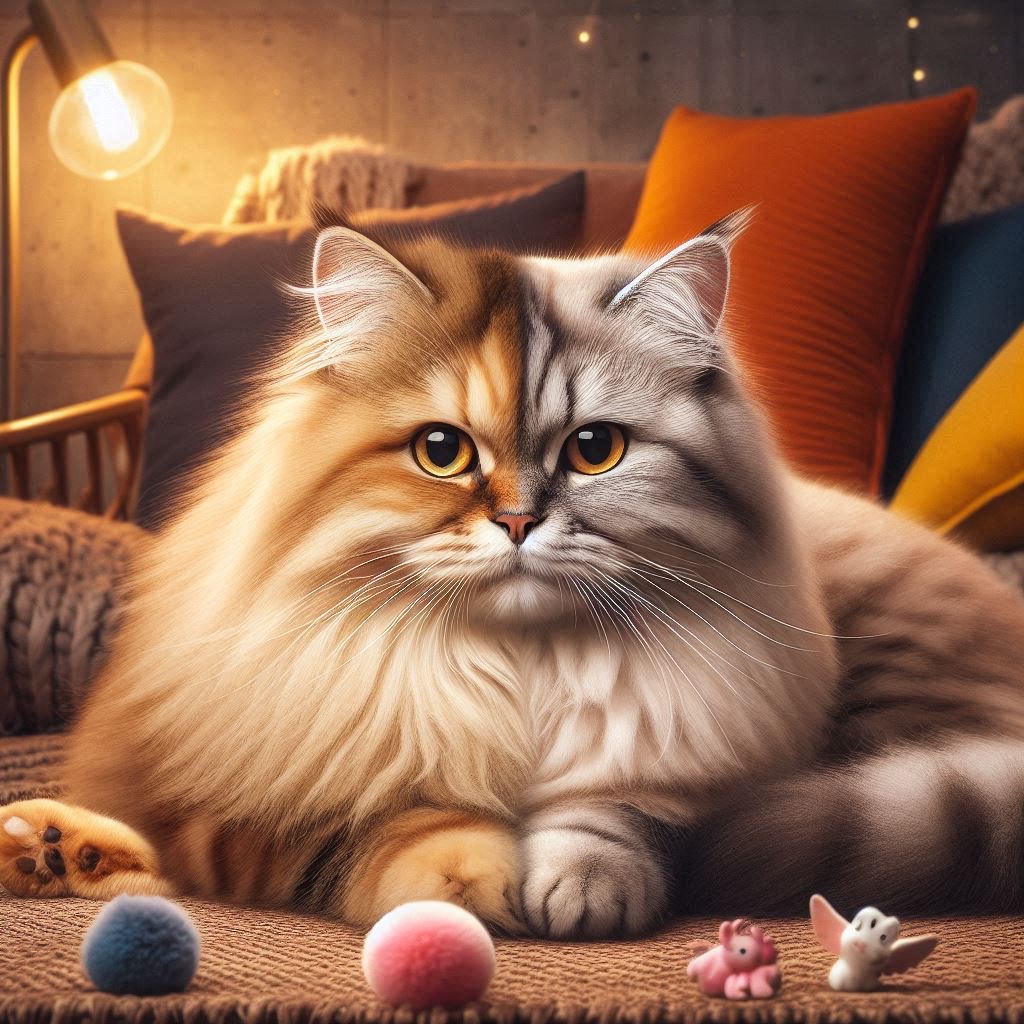Crossbreeding of Two Zoo Cats, also known as hybridization, is a fascinating feature of wildlife biology that has captivated scientists, zoologists, and animal lovers for decades. When it comes to zoo cats—large, stately, and frequently endangered species—the concept of crossbreeding of two zoo cats takes on a particularly intriguing dimension. While hybrid cats are uncommon in the wild, zoos and wildlife parks occasionally experiment with crossbreeding for various reasons, including conservation efforts and creating distinctive exhibits that capture the public’s attention.
This article explores the fascinating realm of crossbreeding zoo cats, including the science behind it, the various forms of hybrids, ethical concerns, and the influence on conservation. By the end of this article, you’ll understand what crossbreeding zoo cats entails and the repercussions for wildlife and conservation.
What is a crossbreed?
Crossbreeding in animals refers to mating two species or subspecies to create offspring with a blend of their characteristics. In the world of zoo cats, this frequently includes large cats such as lions, tigers, leopards, and jaguars. The offspring of such crossbreeds are noted for their unique morphological and behavioral characteristics, a combination of both parent species.
Genetic Features of Hybrid Zoo Cats
Hybrid zoo cats frequently exhibit a combination of morphological characteristics from both parent species. For example, ligers, the offspring of a male lion and a female tiger, often get the lion’s tawny coloration and the tiger’s stripes. Ligers also grow more significantly than either parent species, a phenomenon known as “hybrid vigour” or “heterosis,” in which the hybrid offspring have superior physical or biological characteristics.

Tigons are the offspring of a male tiger and a female lion. They are often smaller than ligers and may have a more subtle combination of characteristics, such as weak stripes and a less prominent mane. Similarly, leopons, a hybrid between a leopard and a lion, frequently feature a lion’s body form and a leopard’s spotted coat.
These hybrids’ genetics can cause a variety of health difficulties, including skeletal disorders, reduced fertility, and shorter lifespans, all of which should be considered while breeding and caring for them.
Understanding the Crossbreed of Two Zoo Cats
Crossbreeding between two zoo cats usually refers to the purposeful or unintentional mating of distinct kinds of wild cats kept in captivity. This mechanism produces offspring that share features with both parent species. These hybrid cats can exhibit various physical and behavioral characteristics, making them distinct and frequently unpredictable.
Chromosomal Compatibility
A crossbreed between two zoo cats is more likely to succeed if the parent species has a similar number of chromosomes. For example, lions and tigers have 38 chromosomes, which allows for the production of lifers (lion-tiger hybrids) and ignition (tiger-lion hybrids). Chromosomal compatibility ensures hybrid kids can develop normally and without significant genetic abnormalities.
Dominant and recessive traits.
In a crossbreed between two zoo cats, the offspring may acquire dominant or recessive features from either parent. Dominant qualities are more likely to be displayed in a hybrid, whereas recessive features may be hidden. This genetic interplay can produce hybrids with distinctive looks, such as odd coat patterns, sizes, and colors.
Moral Issues for Hybrid Zoo Cats
The intentional development of hybrid zoo cats presents severe ethical concerns. While these creatures can provide valuable insights into genetics and species diversity, the hybridization technique in captivity is frequently debated. Critics claim that hybridization might cause health issues and take focus and funding away from preserving purebred species. One primary concern is the health and safety of hybrid animals. Ligers, for example, may experience health challenges due to their vast size, including joint problems and heart complications. Furthermore, crossbreeds may encounter behavioral and compatibility issues with other animals.
Another ethical consideration is the goal of crossbreeding. Crossbreeding is sometimes used for conservation goals, such as protecting genetic diversity or saving endangered species. However, there is a worry that crossbreeding for entertainment or profits may result in animal exploitation.
FAQs
What is a crossbreed in terms of zoo animals?
A crossbreed is the offspring produced by mating two distinct species or subspecies. Crossbreeding in zoos can occur naturally or is encouraged by keepers for various purposes, including conservation and research.
What are some examples of mixed zoo cats?
One prominent example is the liger, a hybrid of a male lion and a female tiger. Other instances include the tigon (male tiger and female lion) and leopon (male leopard and female lion).
Is crossbreeding ethical?
The ethical implications of crossbreeding in zoos are complex. While crossbreeding can provide valuable insights into genetics and species behavior, there are worries regarding animal welfare, health risks, and the motivation for developing hybrids.
Conclusion
Zoo cat crossbreeding is a beautiful occurrence that produces unusual and often striking hybrid animals. From the majestic liger to the intriguing tigon and beyond, these hybrids provide an intriguing peek into the genetic possibilities of large cats. However, the approach presents its own set of problems and ethical considerations. As we continue to investigate the genetic potential of the feline world, it is critical to strike a balance between scientific curiosity and the well-being and conservation of these gorgeous creatures.
